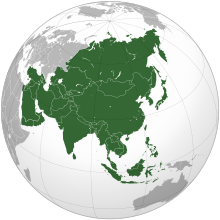 All pics: courtesy internet
All pics: courtesy internet
The purpose of every shot is to hit your ball where you can find it and hit it again.

Trying hard and hoping harder is no way to play golf.

Use your handicap, think of all par 5s as 6, and par 4s as 5 and so on.

Before you hit a shot, ask yourself if you think you could pull it off eight times out of 10.

Pick a club that will keep you in the game.

No tension, no expectations, and free swings yield better results.

Do not stress on approach shots. There are no one shot miracles (they happen once in a while because it is the way god keeps making you come back to the course).

Think green as your target and not the pin.

For over the bunker shot, aim for the top of the flagstick.

For chipping, do not try to hit a shot you think a good golfer would hit. Given a choice, rolling is easier than loft shots.

Be realistic during putting. For the average golfer, all 5 feet putts are 50-50, where you miss as many as you make.

Finally, golf challenge is not mental; it’s emotional. Think about the emotions you feel when you’re playing well: joy, satisfaction, appreciation. Have fun and play happy.
Suggestions and value additions are most welcome
For regular updates, please register here
References and credits
To all the online sites and channels.
Disclaimer:
Information and data included in the blog are for educational & non-commercial purposes only and have been carefully adapted, excerpted, or edited from sources deemed reliable and accurate. All copyrighted material belongs to respective owners and is provided only for purposes of wider dissemination.

